Spot 101
Role: back-end Designer & Developer
Timeline: 3 weeks
Scope: back-end design, UI/UX, appointment management, responsive build
Project Overview & Goals
The Spot‑101 website redesign aimed to modernise the visual identity, improve user experience, and streamline the booking process—all while keeping the original site fully functional. With bookings and client interactions ongoing, the redesign had to be built in the background and deployed without any downtime. The focus was clarity, responsiveness, and clean aesthetics that reflect the brand's creative energy.
Research & Strategic Planning
We kicked things off with a full audit of the existing site structure, followed by competitor and market research. It was clear that users wanted fast access to space info, clear pricing, and a smooth mobile experience. The client’s main priority was retaining booking functionality while elevating the site’s design to better match the studio’s reputation.
Based on research, we defined a clear MVP: redesigned core pages (Home, Rooms, Gallery, FAQs, Booking), modern navigation, and strong CTA placement. We established a design system early—consistent typography, colour palette, and responsive layouts—to speed up development and keep things cohesive.
Design & Development Process
In week one, I focused on page structure and core templates using a staging environment. Pages like "Rooms" were rebuilt using modular components with space details, pricing, and “Book Now” buttons placed for maximum visibility. Each space was given a card-style layout with optimized, high-res images and clearly labelled features.
The homepage was designed to guide users straight into the key content: space highlights, calls to action, and credibility boosters like press mentions and client logos. The gallery and individual room pages were image-forward, with simplified text and clear user paths to booking.
The booking system—likely a third-party integration—was isolated during build-out. I ensured all new CTAs linked seamlessly into the existing flow, keeping endpoint URLs consistent until final deployment.
Key Justifications & UX Enhancements
The redesign was shaped by both user expectations and client feedback. Clear pricing was prioritized, as hiding costs often leads to user drop-off. “Book Now” buttons were repeated consistently across all touchpoints to reduce friction.
The gallery and room images were elevated with consistent styling, size treatment, and lazy loading for performance. Responsive design was a priority, knowing most users would interact on mobile. Clear navigation, hierarchy, and content readability all contributed to better UX.
FAQs, Contact, and T&Cs were made more accessible, helping users self-serve and reducing client support overhead. The visual tone was kept professional yet creative, aligning with Spot‑101’s studio atmosphere.
Challenges & Workarounds
Tight deadlines, inconsistent assets, and staging-to-live coordination were the main challenges. Image quality varied, so I standardized them with batch edits and used image compression to maintain fast load speeds.
Booking functionality had to remain untouched during build—so I tested flows on staging and matched form behavior exactly. Any client-side delays were handled with modular design and placeholder content, allowing progress without bottlenecks.
Mobile responsiveness required close attention—menus, image scaling, and content stacking were adjusted at each breakpoint for smooth interaction.
Final Outcome
In three weeks, we delivered a fully redesigned site that felt modern, intuitive, and visually polished—without disrupting any bookings. The result was a clearer, faster, and more engaging platform that met both the client's business goals and user expectations.

